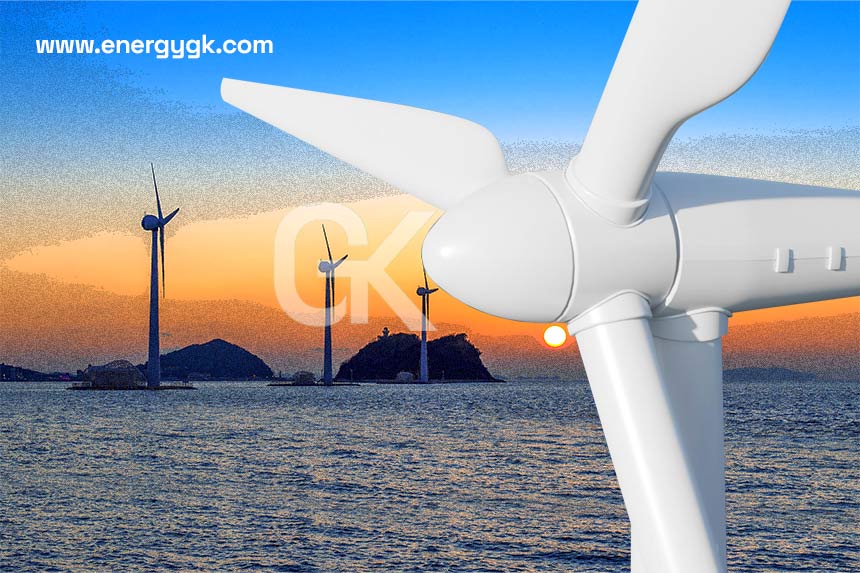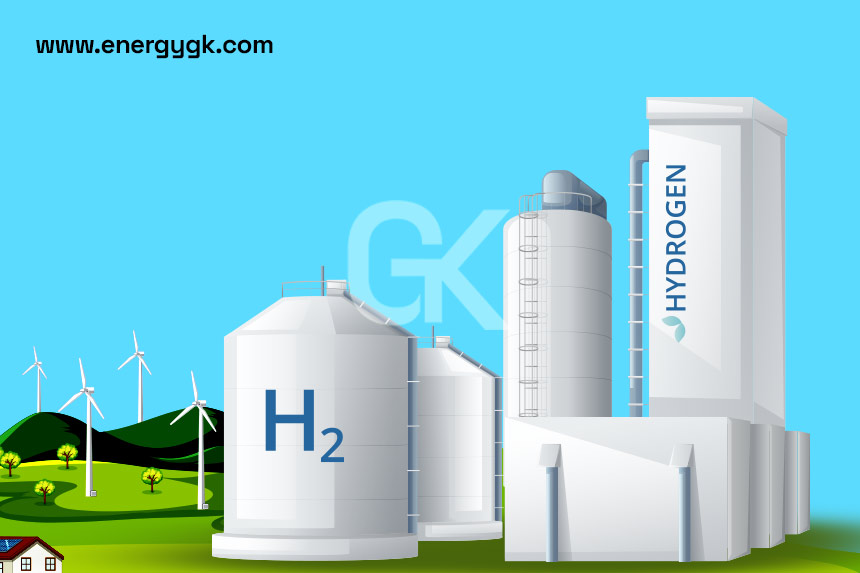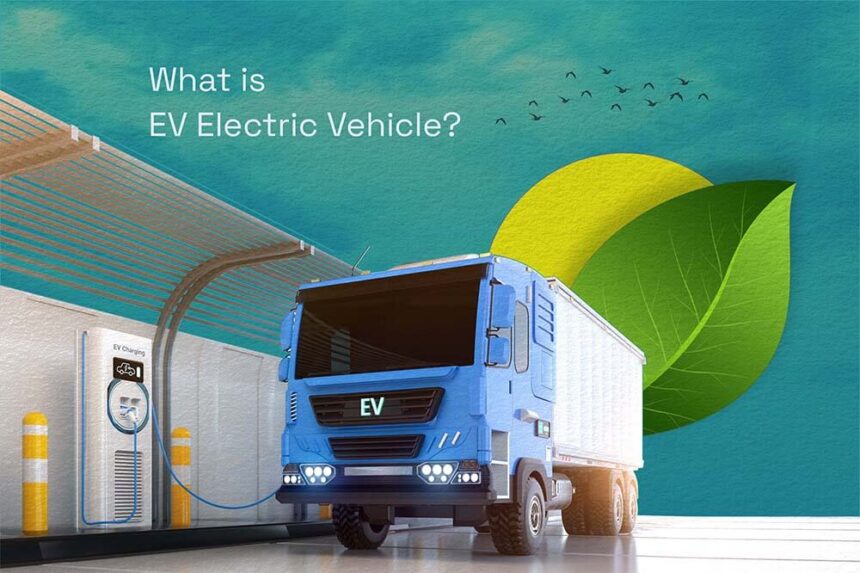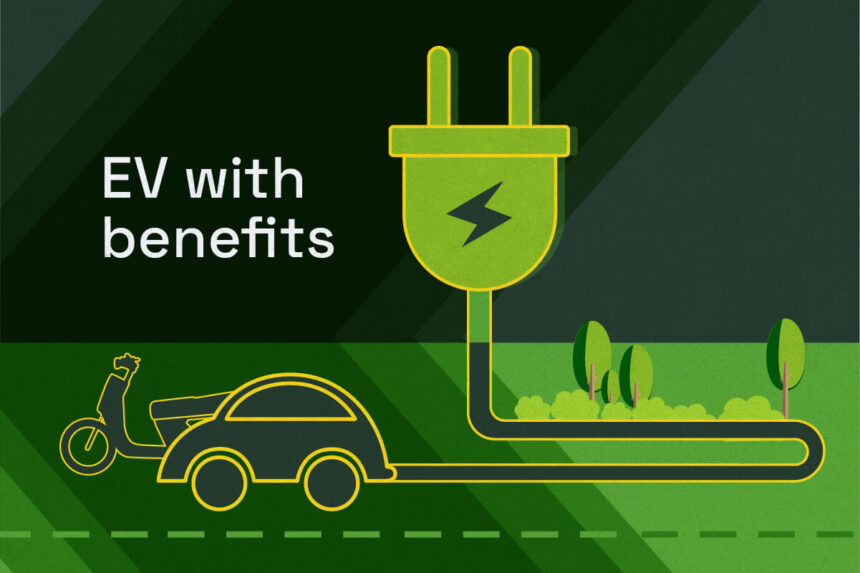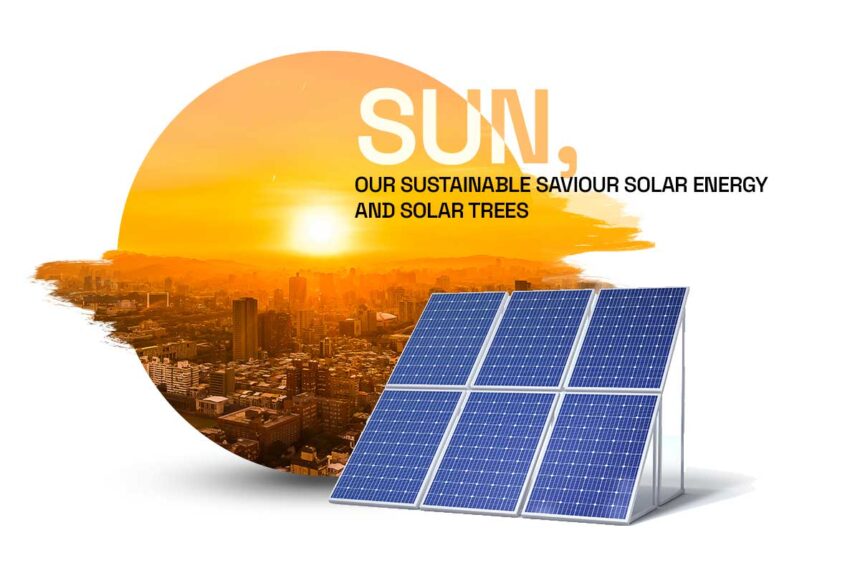The world’s energy needs are continuously growing, and renewable energy sources have become crucial in mitigating climate change. While land-based wind turbines have been widely adopted, technological advancements have led to the emergence of a new frontier in wind energy: floating wind turbines. In this article, we will delve into the potential of harnessing offshore wind energy through floating wind turbines and explore the various benefits and challenges associated with this innovative technology.
Introduction
Renewable energy sources are vital in transitioning to a sustainable future, and wind energy has proven to be a reliable and clean source of power. Traditionally, wind turbines were installed on land, but as land availability becomes increasingly limited, attention has turned to the vast energy potential of the seas. Floating wind turbines offer an exciting opportunity to tap into this potential by harnessing the power of offshore winds.
1. Understanding Floating Wind Turbines
Floating wind turbines, as the name suggests, are turbines that are not fixed to the seabed like their onshore or fixed offshore counterparts. Instead, they are anchored in place using various technologies that allow them to float on the water’s surface. This innovation enables the deployment of wind turbines in deep waters where traditional fixed turbines are not feasible.
1.1 How do Floating Wind Turbines Work?
Floating wind turbines employ a similar principle to their land-based counterparts. The turbines consist of a tower, a rotor with multiple blades, and a nacelle that houses the generator and other key components. However, instead of being mounted on a fixed foundation, floating turbines use a floating platform to support the structure. This platform is moored to the seabed using a combination of cables, chains, and anchors.
1.2 Advantages of Floating Wind Turbines
Floating wind turbines offer several advantages over traditional fixed turbines. Firstly, they can be deployed in much deeper waters, expanding the potential areas for offshore wind energy generation. This allows countries with limited shallow water resources to tap into their offshore wind potential.
Secondly, floating wind turbines are less restricted by geographical constraints. They can be positioned farther from shore, reducing visual impacts and potential conflicts with other marine activities. This flexibility opens up new possibilities for offshore wind farms, especially in regions where land availability is scarce.
Furthermore, floating wind turbines can access stronger and more consistent wind resources found in deeper waters. This translates to higher energy production and more reliable power generation.
2. Exploring the Potential of Floating Wind Turbines
Floating wind turbines hold immense potential for offshore wind energy generation. By utilizing the power of the seas, we can unlock vast amounts of renewable energy. Let’s explore some key aspects of this technology and its potential applications.
2.1 Harnessing Offshore Wind Energy
Offshore wind energy has several advantages over onshore wind farms. The wind speeds are generally higher, resulting in increased energy production. Additionally, offshore wind farms have fewer obstructions, leading to smoother airflow and more consistent power generation.
Floating wind turbines can tap into these advantages by venturing further offshore and accessing stronger winds. This allows for greater energy capture and higher capacity factors, making offshore wind farms more efficient and economically viable.
2.2 Overcoming Challenges with Floating Wind Turbines
While floating wind turbines offer tremendous potential, they also come with unique challenges. The engineering and design of floating platforms must account for the harsh marine environment, including strong winds, waves, and corrosion. Additionally, ensuring the stability and mooring systems are crucial to guarantee safe and reliable operations.
Researchers and industry leaders are actively working on advancing the technology to overcome these challenges. Innovations in materials, mooring systems, and design are continuously being explored to enhance the performance and reliability of floating wind turbines.
3. The Environmental Impact of Floating Wind Turbines
One of the primary motivations for transitioning to renewable energy is reducing carbon emissions and minimizing the environmental impact of power generation. Floating wind turbines play a significant role in achieving these goals.
3.1 Reducing Carbon Emissions
By generating electricity from wind, floating turbines help reduce the reliance on fossil fuels, which are a major source of greenhouse gas emissions. The clean energy produced by floating wind turbines contributes to the decarbonization of the energy sector and helps combat climate change.
3.2 Protecting Marine Life
Concerns about the impact of offshore wind farms on marine ecosystems have been raised. However, studies have shown that floating wind turbines can actually have a positive impact on marine life. Unlike traditional fixed turbines, floating turbines have minimal seabed footprint, preserving the habitats of marine organisms. Furthermore, they can be designed to minimize noise and underwater vibrations, reducing potential disturbances to marine mammals.
4. Current and Future Applications
Floating wind turbines have already demonstrated their potential in various applications, and their versatility opens up new opportunities for renewable energy generation.
4.1 Offshore Wind Farms
Floating wind turbines are an ideal solution for regions with deep waters, where fixed turbines are not feasible. By harnessing offshore winds, these turbines can contribute significantly to the overall capacity of wind farms and enhance energy security.
4.2 Remote and Island Communities
Remote and island communities often face challenges in accessing reliable and affordable energy sources. Floating wind turbines can provide a sustainable solution by harnessing the abundant wind resources in these regions. They can help reduce dependence on costly and polluting diesel generators, improving energy access and promoting economic development.
5. Conclusion
Floating wind turbines represent a remarkable advancement in wind energy technology. By capitalizing on the power of the seas, we can expand the potential for offshore wind energy generation, reduce carbon emissions, and contribute to a sustainable future. While challenges remain, ongoing research and innovation will continue to drive the growth and adoption of floating wind turbines worldwide.
FAQs
- Are floating wind turbines more expensive than traditional fixed turbines?
- Floating wind turbines tend to have higher upfront costs due to the additional engineering and materials required. However, advancements in technology and economies of scale are driving costs down, making them more competitive.
- How do floating wind turbines withstand strong winds and waves?
- Floating wind turbines are designed with robust mooring systems and flexible floating platforms that allow them to adjust to varying sea conditions. Extensive testing and engineering ensure their stability and resilience.
- Do floating wind turbines harm marine life?
- Floating wind turbines have minimal impact on marine life compared to fixed turbines. Their design can incorporate measures to reduce noise and vibrations, minimizing disturbances to marine animalsand their habitats.
- Can floating wind turbines be installed in any body of water?
- While floating wind turbines can be deployed in various bodies of water, they are most suitable for deep waters where fixed turbines are not feasible. Factors such as water depth, wind conditions, and seabed characteristics are considered when determining the suitability of a location.
- Are floating wind turbines a viable solution for remote areas with limited infrastructure?
- Yes, floating wind turbines are particularly advantageous for remote areas with limited infrastructure. They can provide a clean and sustainable source of energy, reducing reliance on diesel generators and improving energy access for these communities.
These FAQs provide some insights into floating wind turbines and their applications. If you have any specific questions or require further information, feel free to reach out to us.


